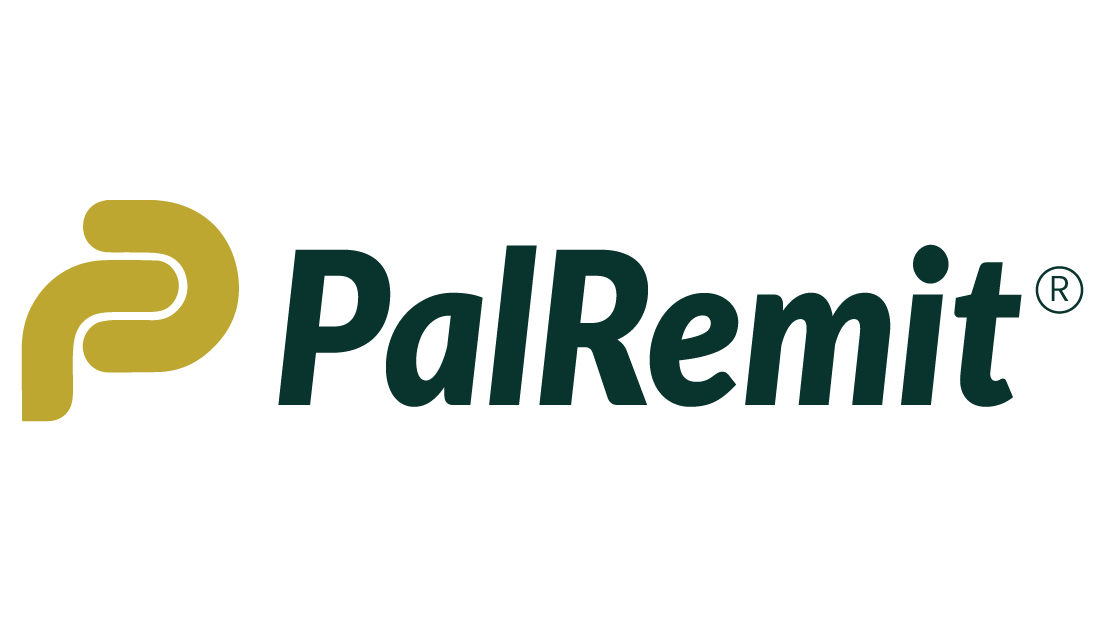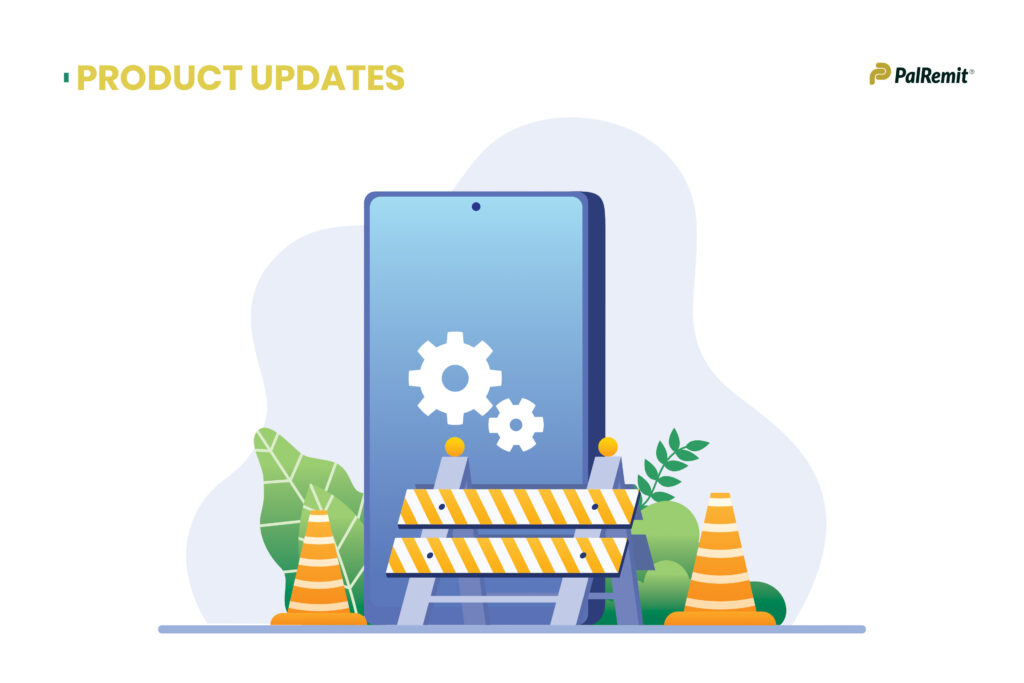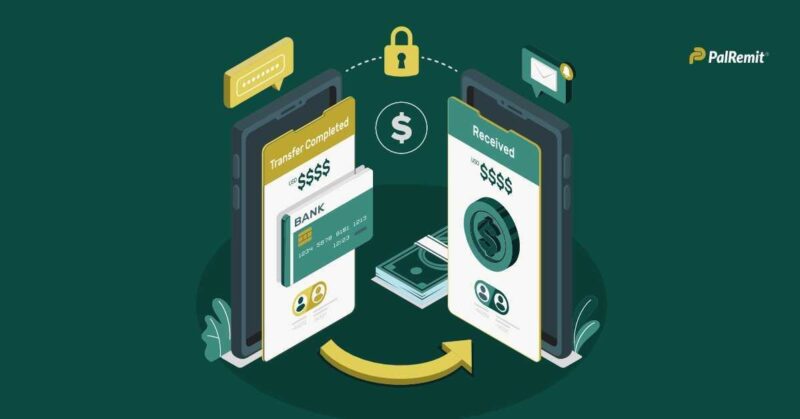The global digital remittance market has witnessed significant growth, projected to expand further in the coming years. As of 2024, the worldwide market size is estimated to reach $150.80 billion, with an annual growth rate (CAGR) of 4.76% from 2024 to 2028, which will potentially push the market volume to $181.60 billion by 2028.
Although the growth rate has stabilized from the sharp increases observed during the pandemic when diasporan Africans frequently sent money back home, remittance flows remain robust. Global remittance flows slightly increased by 1.6% from $843 billion in 2022 to $857 billion in 2023 and are projected to grow at a rate of 3% in 2024. This indicates a sustained demand for remittance services.
There is no doubt that digital remittances are fast becoming an important part of consumer finance. How are digital remittance apps positioned to fill the gap for this need?
Key Players in the Digital Remittance Space
Several key players dominate the digital remittance industry, leveraging innovative technologies to enhance their services. Companies like Western Union and MoneyGram, long-time leaders in remittance services, have increasingly integrated digital methods to stay competitive. Meanwhile, new entrants such as TransferWise (now Wise) and Remitly have gained traction with user-friendly mobile apps and lower fees.
In addition, players like Palremit are tapping into this remittance play: you can create USD accounts, and receive money inflows from friends, family, or from your employers abroad.
Palremit’s finance play draws the best from both worlds of money: traditional finance and crypto. You can buy, send, receive, and swap between crypto and fiat money on Palremit.
Why are Digital Remittance Platforms Important?
Digital transfers eliminate the need for physical money transfer offices and reduce administrative overheads associated with manual processing. This change has resulted in fewer intermediaries and reduced reliance on expansive physical infrastructures.
Traditional methods, which often required in-person trips to banks or money transfer agents, have seen a decline in preference due to the convenience and speed offered by digital options. Additionally, digital remittances allow broader financial access and transparency, and much-needed autonomy for users.
Digital remittances are not merely replacing traditional methods but also transforming them, integrating newer technologies and driving a more efficient, inclusive global remittance landscape.
Consumer Benefits of Digital Remittance
A few years ago, sending and receiving money between countries used to be a chore. You had to wait days to send or even receive money. Equally, the intermediaries involved contributed to making this a bad experience for users; high fees, long wait times, and slow processing.
Enter digital remittance. We have seen some solid benefits.
High Transaction Speed and Convenience
One of the foremost benefits of digital remittances is the marked increase in speed and convenience. Traditional remittance methods often involved lengthy processing times and required physical visits to transfer agencies. Digital platforms, however, enable immediate transactions, thus drastically reducing waiting times and enhancing user experience.
Digital remittances allow users to send money from the comfort of their homes, removing the need for physical travel and long queues. This is particularly beneficial for migrant workers who are often constrained by time and distance.
As migrant workers, you can send money back home without wasting time going to the bank. As a money receiver at home, you can simply create a USD account on Palremit and receive money. It takes around a few minutes to some days to receive money sent from another country—using only your Palremit account.
Potential for Lower Fees and Better Exchange Rates
Digital remittances, like Palremit provide an economically favorable avenue for money transfers. Palremit features lower transaction fees compared to traditional methods. On average, digital remittance services offer a 5% fee rate, in contrast to the 7% for non-digital methods.
Another significant benefit is better exchange rates. Traditional remittance services frequently levied unfavorable exchange rates, eating into the amount received by beneficiaries. Digital platforms, with their competitive exchange rates, ensure that more money reaches the recipients.
Enhanced Security and Transparency in Cross-Border Payments
Due to the fact there is low consumer trust for online platforms, digital remittance apps make transparency and security critical advantages in providing hallmark services. Digital platforms offer detailed transaction tracking and provide notifications at each stage, ensuring both senders and receivers are fully aware of the status of their transfer. This increases trust and confidence among users.
Palremit, built with careful integration of secure technology, also prioritizes fast customer support to build trust in our solutions. This advances speed, cost-efficiency and security for our users; making digital remittances an attractive option.
Challenges and Opportunities in the Digital Remittances
Digital remittance platforms have obviously bridged the gap between senders and receivers but there’s still work to be done. Remittance fraud is still at an alarming high. For example, peer-to-peer (P2P) fraud losses reached an estimated $1.7 billion in 2022, 90% more than in 2021.
Here are some challenges and opportunities digital remittance platforms face.
Regulatory Hurdles and Compliance Issues
Digital remittance platforms are tightly regulated. Providers must comply strictly with these regulations that ensure consumer safety on the app. These frameworks often vary by jurisdiction, creating barriers to entry and potentially increasing compliance costs.
Notably, remittance providers are required to follow stringent anti-money laundering (AML) and know-your-customer (KYC) measures, which can complicate operations, particularly for smaller firms.
However, this is crucial to protect users from fraud threats. It necessitates robust data protection protocols to guard against fraud and data breaches.
Market Competition and Its Impact on Consumer Choices
Market competition in the digital remittance space has both positive and negative impacts on consumers. On the positive side, competition drives innovation, leading to improved services and reduced costs. Established players like Western Union and newer platforms like Wise and Remitly continually innovate to offer better user experiences.
Newer digital remittance platforms like Palremit compete by offering a modern simplistic design, and more use cases for how you manage your money, giving you control.
This competition can also lead to confusion for consumers. The wide array of choices, each with varying fees, exchange rates, and speed, can make it challenging for users to determine the best service for their needs.
Potential for Financial Inclusion in Underserved Markets
One of the most promising opportunities in the digital remittance landscape is its potential for financial inclusion, particularly in underserved markets. Digital transactional platforms significantly improve access to financial services such as savings, credit, and insurance. These platforms reduce the cost of serving customers, promoting economic growth and reducing poverty.
However, significant challenges remain. For example, non-bank payment providers often lack access to national and regional payment infrastructures, limiting the reach of remittance services. Additionally, weak digital infrastructure and internet connectivity in rural areas can hinder the adoption of digital remittances.
Expanding digital remittances can support financial inclusion efforts, offering more people access to essential financial services and facilitating economic empowerment.
Keeping these challenges and opportunities in mind is essential as the digital remittance landscape continues to evolve.
The Future of Digital Remittances
The digital remittance market shows a strong growth potential. This expansion is driven by increasing consumer reliance on digital channels for cross-border money transfers, technology growth, and higher internet penetration rates globally.
How Countries Will Be Impacted by Digital Remittances
Emerging markets are becoming significant contributors to the digital remittance landscape. Countries in Latin America, Africa, and Southeast Asia demonstrate high potential for growth due to large expatriate populations and rising smartphone adoption rates.
For instance, remittances in Latin America and the Caribbean are expected to grow by 7.7%, reaching $156 billion. Enhanced digital infrastructure and favorable government policies in these regions will likely accelerate the adoption of digital remittance services, reducing reliance on traditional money transfer methods.
Integration of Digital Remittances with Other Financial Services
The future of digital remittances is also marked by their increasing integration with other financial services, as well as traditional and decentralized solutions. This integration facilitates seamless financial management for users, enabling them to send money, pay bills, and manage savings through a single platform.
Fintech companies like Palremit are at the forefront of this trend, offering digital banking solutions, airtime and bill payment, remittances, savings account, cards, and payroll possibilities. This holistic approach not only enhances user convenience but also boosts financial inclusion, particularly in underserved markets where traditional banking services are limited.
Factors to Consider When Selecting a Digital Remittance Provider
Choosing the right digital remittance service requires careful evaluation of several key factors. It’s essential to assess:
- Cost: Understand the fees and exchange rates involved. Lower fees and better exchange rates can make a significant difference in the final amount received by the recipient. Examine both fixed fees and percentage-based charges.
- Speed: Consider how quickly you need the funds to reach the recipient. Some platforms offer instant transfers, while others might take a few days.
- Security: Assess the security measures implemented by the provider. Features to look for include encryption, authentication processes, and compliance with industry standards, ensuring protection against fraud and unauthorized access.
- User Experience: The ease of use of the platform is crucial. Look for user-friendly interfaces and customer support availability. Reliable customer service can help resolve issues quickly, ensuring a smooth transaction process.
- Accessibility: Ensure the service is accessible both to the sender and the recipient. Mobile and online platform accessibility can offer greater convenience.
Importance of Security Features and Customer Support
Security and customer support are important in digital remittances:
- Security: Digital remittance platforms must implement robust security measures to protect sensitive information and transactions. Encryption, multi-factor authentication, and compliance with industry standards are essential to mitigate risks such as fraud and unauthorized access.
- Customer Support: A responsive and helpful customer support team is critical. Good customer service ensures that any issues or queries are addressed promptly, enhancing user experience and trust in the service.
Selecting a digital remittance provider involves careful consideration of cost, speed, security, and support. Evaluating these factors ensures efficient and safe international money transfers.
Download the Palremit app on Google PlayStore or Apple Store to enjoy seamless financial transactions on the go. The app now allows you to swap money between USDT and other local currencies, so you can start using your money without borders.










